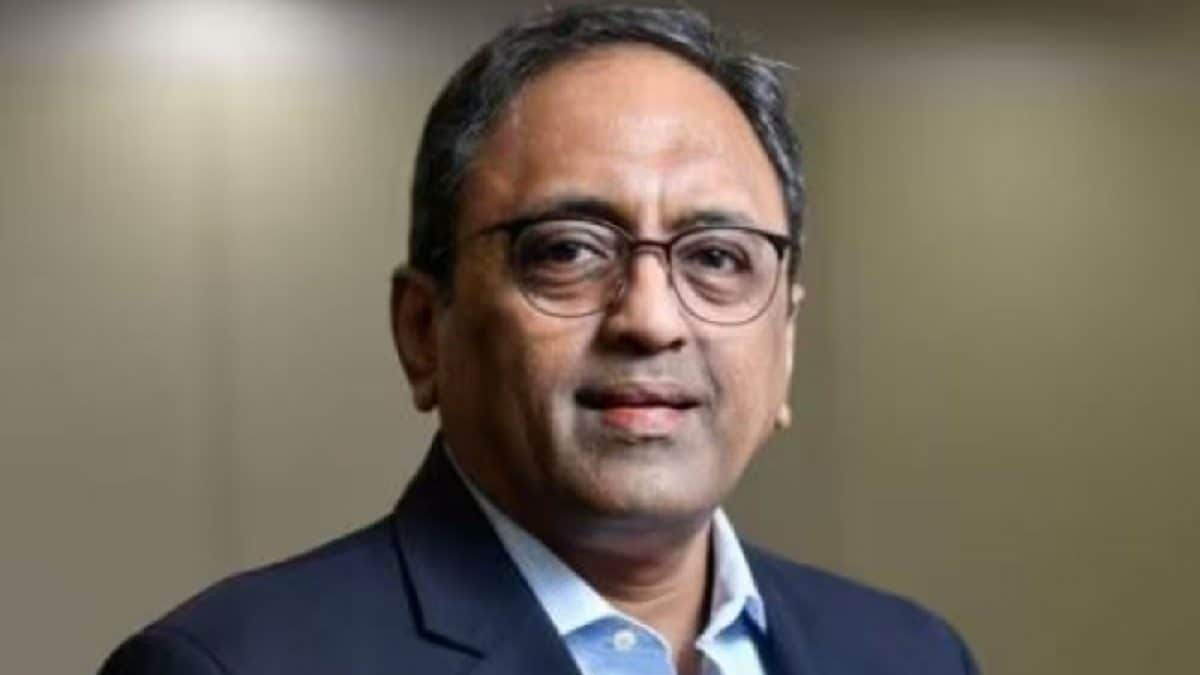 |
|
The recent comments made by L&T Chairman S N Subrahmanyan regarding work-from-home trends and the reluctance of employees, particularly in the IT sector, to relocate have ignited a significant debate within the Indian business landscape. Subrahmanyan's remarks, delivered at the CII’s Mystic South Global Linkages Summit 2025, highlight a stark contrast between the workplace dynamics of the past and the evolving expectations of today's workforce. His anecdote about his own experience joining L&T in 1983, where relocation was an expected part of career progression, stands in sharp relief to the current reality where such requests are often met with resignation. This shift reflects a broader trend impacting numerous industries, not just the IT sector, and necessitates a reevaluation of traditional workplace structures and expectations.
The core issue raised by Subrahmanyan revolves around the changing attitudes towards work location and the implications for businesses reliant on a geographically mobile workforce. The IT sector, known for its flexibility and adoption of remote work practices, serves as a particularly pertinent example. The chairman's statement that an IT employee would simply 'say bye' if asked to return to the office underscores the power dynamics at play in the modern employment landscape. Employees, particularly those with in-demand skills, have greater leverage to negotiate working arrangements that align with their personal preferences. This is not simply a matter of convenience; it speaks to a broader shift in societal values, where work-life balance and personal autonomy are increasingly prioritized.
Beyond the IT sector, Subrahmanyan also touches on the challenges posed by labor shortages in the construction industry, attributing this to a growing reluctance among workers to relocate from their hometowns. He links this trend to several government initiatives, including MGNREGA, JAN DHAN accounts, and direct benefit transfers, suggesting these schemes have inadvertently reduced the mobility of the labor force. This observation is significant, as it points to the unintended consequences of social welfare programs and highlights the complex interplay between economic policy and workforce dynamics. The shortage of construction workers poses a substantial impediment to India's ambitious infrastructure development plans, underscoring the need for a multi-pronged approach to address the issue.
Subrahmanyan's comments are particularly noteworthy given his prior controversial remarks about a 90-hour work week, which sparked widespread criticism. While the work-from-home debate is distinct from the discussion around working hours, both issues highlight the broader tension between employer expectations and the evolving needs and desires of the modern workforce. The confluence of these two debates underscores the need for a more nuanced and adaptable approach to managing human resources in the 21st century. Businesses must recognize that rigid, traditional models of employment are no longer sustainable in a world where employees have greater access to information, alternative employment opportunities, and a stronger sense of their own work-life balance needs.
The challenge now lies in finding a balance between the needs of businesses and the aspirations of employees. This will require a shift in mindset, embracing flexible working arrangements and recognizing the value of employee well-being. Solutions may involve exploring innovative recruitment strategies, investing in training and development programs to upskill the existing workforce, and adjusting compensation packages to reflect the realities of a geographically diverse and increasingly remote-centric workforce. The comments made by the L&T chairman serve as a wake-up call, prompting a crucial conversation about the future of work in India and the necessity of adapting to the changing expectations of a new generation of employees.
Ultimately, the issue is not simply about enforcing relocation or mandating long working hours, but rather about creating a sustainable and equitable work environment that caters to the needs of both businesses and their employees. This necessitates a broader discussion about labor laws, workplace culture, and the social safety nets that impact the mobility and choices of the workforce. Only through open dialogue and a willingness to adapt can businesses navigate these challenges and ensure the continued success of India's economic growth and development.
Source: L&T Chief Sparks Work-From-Home Debate: 'Ask Them To Come To Office And...'
